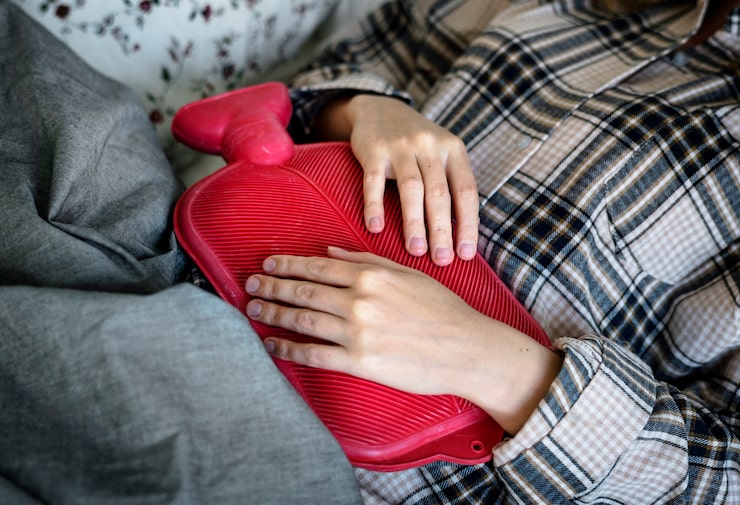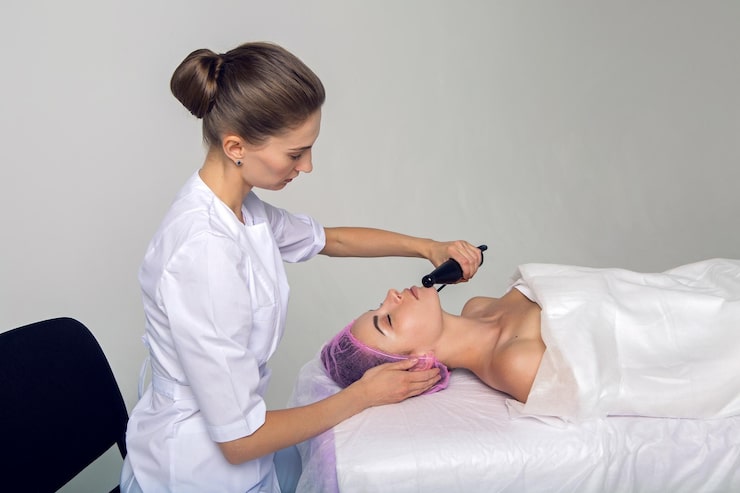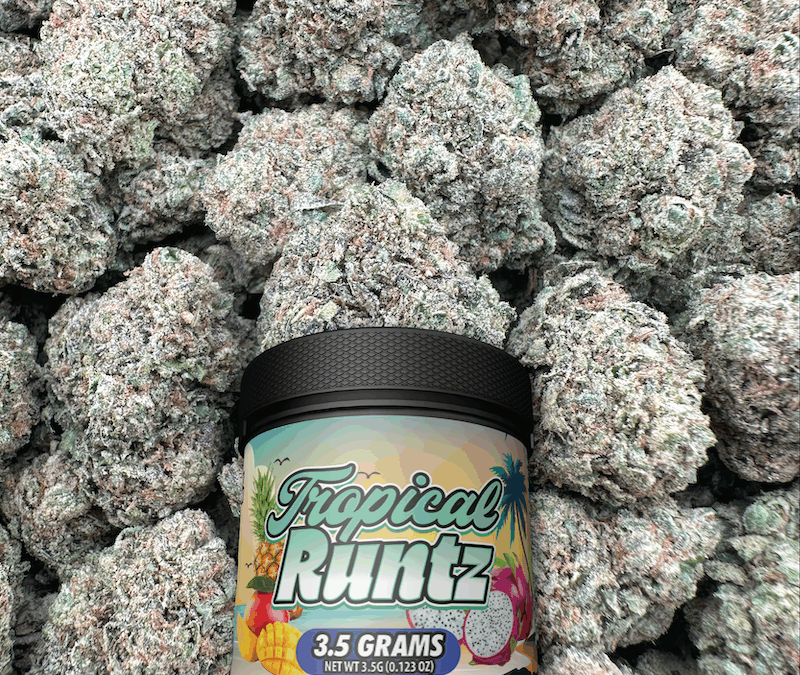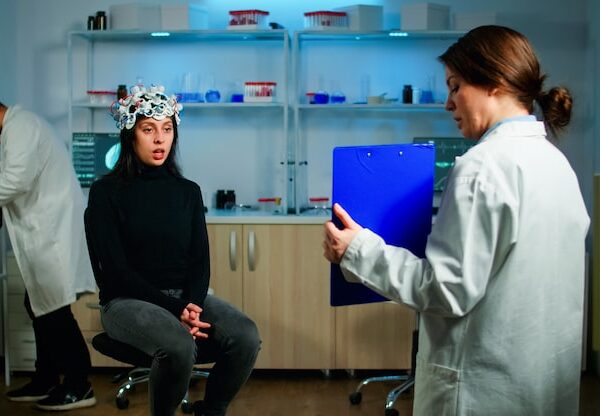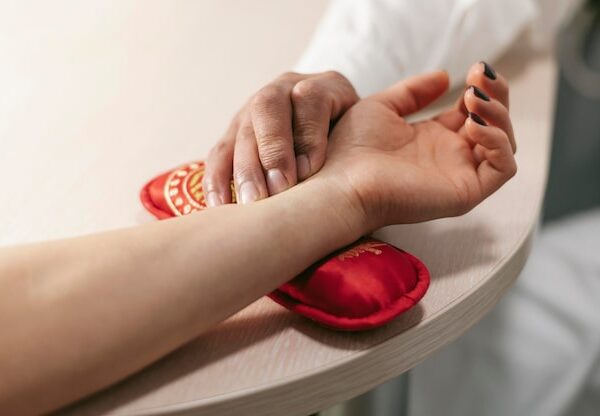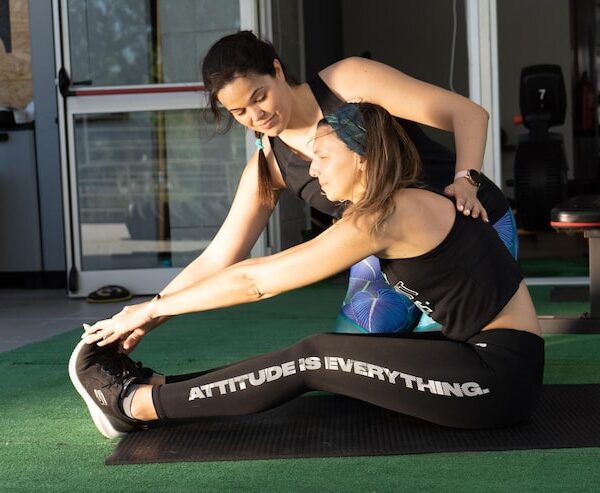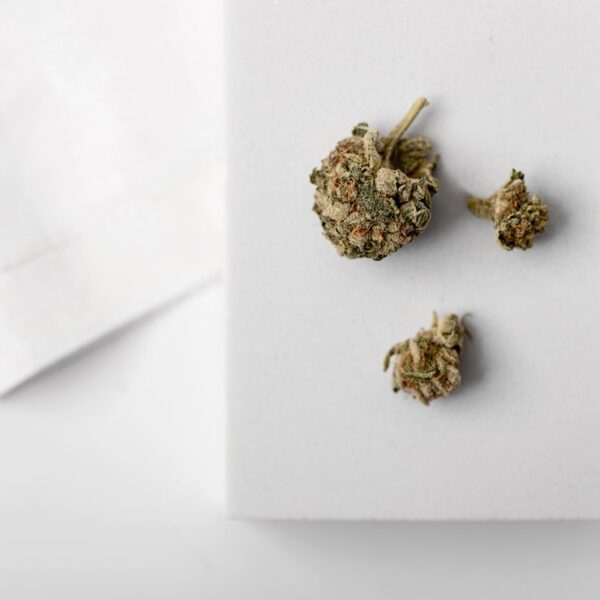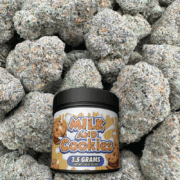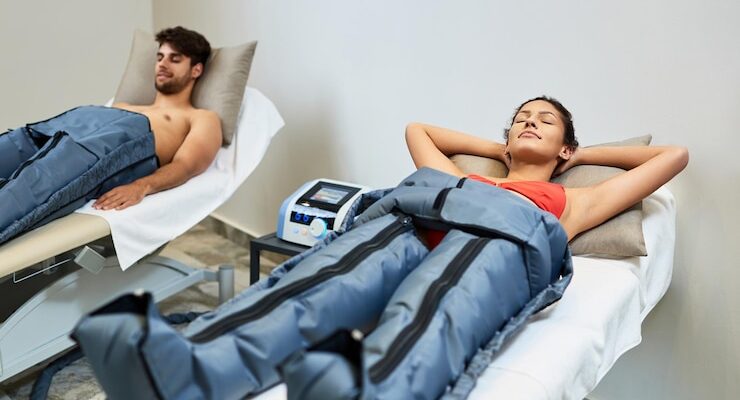
When your legs feel heavy, swollen, or tired after a long day, it’s not just about exhaustion. There may be something more going on with your circulation or muscle health. This is where compression therapy steps in—a proven and non-invasive solution to revive your legs and improve your overall wellness. Whether you’re an athlete, a worker who stands all day, or someone managing a health condition, compression therapy for legs can make a noticeable difference.
What Is Compression Therapy?
Compression therapy is a treatment that uses specially designed garments—such as socks, stockings, or sleeves—to gently squeeze the legs. This pressure supports your veins and muscles, helping blood flow more efficiently back to your heart. The therapy can reduce swelling, ease discomfort, and prevent conditions like varicose veins or deep vein thrombosis (DVT).
The concept isn’t new. In fact, compression therapy has been used for centuries, and modern science continues to prove its effectiveness for people of all ages and activity levels.
Why Use Compression Therapy for Legs?
Legs are especially prone to circulation problems. Gravity pulls blood downward, making it harder for your body to pump it back up. For people who sit or stand for extended periods, this can lead to blood pooling in the lower legs, causing:
- Swelling (edema)
- Tiredness and heaviness
- Pain or throbbing
- Visible veins or skin changes
Compression therapy for legs helps counteract this by applying graduated pressure—tightest at the ankle and decreasing up the leg. This pressure helps push blood upward and keeps it from pooling, which relieves symptoms and boosts comfort.
Benefits of Compression Therapy for Legs
Whether you’re trying to prevent future issues or relieve current symptoms, here are some of the biggest benefits:
-
Improved Blood Circulation
The most direct benefit of compression therapy is increased blood flow. This not only helps prevent complications like blood clots but also delivers oxygen and nutrients more effectively to the legs.
-
Reduced Swelling and Fatigue
If you’ve ever noticed your legs feeling heavy or swollen after a flight or a day on your feet, compression garments can significantly reduce that puffiness and fatigue by preventing fluid build-up.
-
Faster Muscle Recovery
Athletes often use compression gear to recover more quickly after workouts. The gentle pressure helps remove waste products like lactic acid from the muscles, reducing soreness.
-
Relief from Varicose and Spider Veins
Compression therapy can manage symptoms of varicose veins by improving circulation and reducing pressure on the veins. While it won’t make the veins disappear, it can make them less painful and more manageable.
-
Support During Pregnancy
Pregnant individuals often experience leg swelling and discomfort. Compression stockings offer safe relief by improving circulation and reducing pressure on the lower body.
-
Post-Surgical Support
Doctors often recommend compression therapy after surgery, especially orthopedic or vascular procedures, to prevent clots and promote healing.
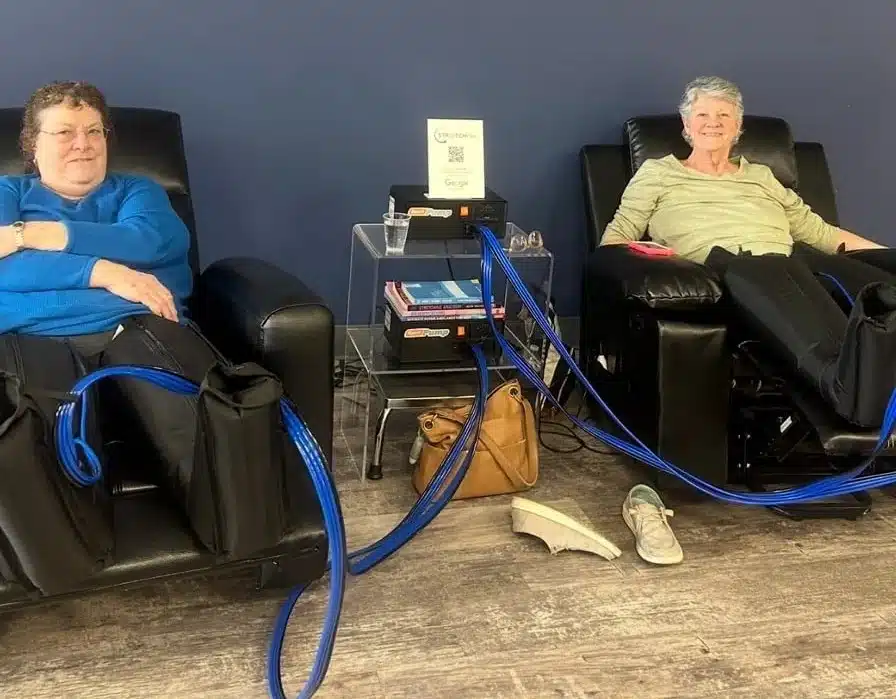
Who Should Consider Compression Therapy?
Compression therapy is helpful for many people, including:
- Those who stand or sit for long hours
- Office workers, teachers, flight attendants, and factory workers
- Pregnant women
- Athletes and fitness enthusiasts
- Seniors or individuals with chronic venous insufficiency
- Post-surgery patients
- Frequent travelers
However, it’s always a good idea to consult a healthcare provider before starting therapy, especially if you have any underlying conditions like arterial disease or diabetes.
Tips for Getting Started
Getting the most out of compression therapy for legs involves using the right garment and fit. Here are a few quick tips:
- Choose the right compression level: Garments come in different pressure strengths, from mild (8–15 mmHg) to medical-grade (20+ mmHg). Your needs will determine what’s best.
- Measure properly: Accurate sizing ensures the right amount of pressure. Ill-fitting garments can cause more harm than good.
- Wear them consistently: For best results, wear your compression gear daily or as advised by your doctor.
- Replace regularly: Compression garments lose their elasticity over time. Most need replacing every 4–6 months with regular use.
Conclusion: A Simple Step Toward Stronger, Happier Legs
Compression therapy may seem like a small change, but its impact on leg health is profound. From improving circulation to easing pain and preventing swelling, this simple method brings life back into tired legs. Whether you’re seeking relief, recovery, or prevention, compression therapy for legs offers a safe, easy, and effective way to support your body from the ground up. So next time your legs are feeling heavy or sore, remember—comfort and energy may just be a gentle squeeze away.

